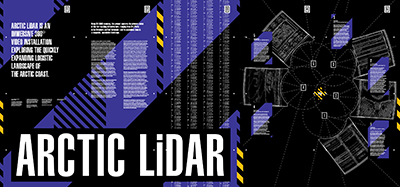Professor Shikha Nangia Named as the Milton and Ann Stevenson Endowed Professor of Biomedical and Chemical Engineering
The College of Engineering and Computer Science (ECS) has announced the appointment of Shikha Nangia as the Milton and Ann Stevenson Endowed Professor of Biomedical and Chemical Engineering. Made possible by a gift from the late Milton and Ann Stevenson,…


 In March 2017, Daniele Profeta was invited to teach a workshop at the Strelka Institute for Media, Architecture and Design in Moscow. There, he joined an expedition along the Arctic Coast with renowned speculative architect Liam Young and his students in the “New Normal” program at Strelka, who were studying the effect of humans on the planet.
In March 2017, Daniele Profeta was invited to teach a workshop at the Strelka Institute for Media, Architecture and Design in Moscow. There, he joined an expedition along the Arctic Coast with renowned speculative architect Liam Young and his students in the “New Normal” program at Strelka, who were studying the effect of humans on the planet.